Toyota’s three-seater exoskeleton car and an electric vehicle with touch screens that turn it into a “digital space” are among the concept models that will be on display at the Tokyo Motor Show this week.
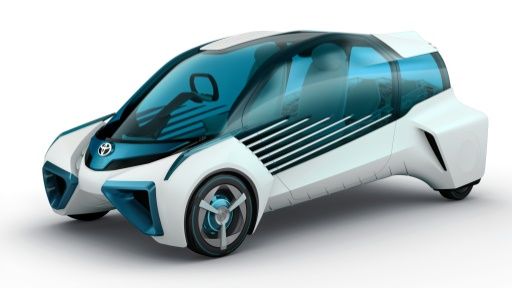

Toyota’s three-seater exoskeleton car and an electric vehicle with touch screens that turn it into a “digital space” are among the concept models that will be on display at the Tokyo Motor Show this week.
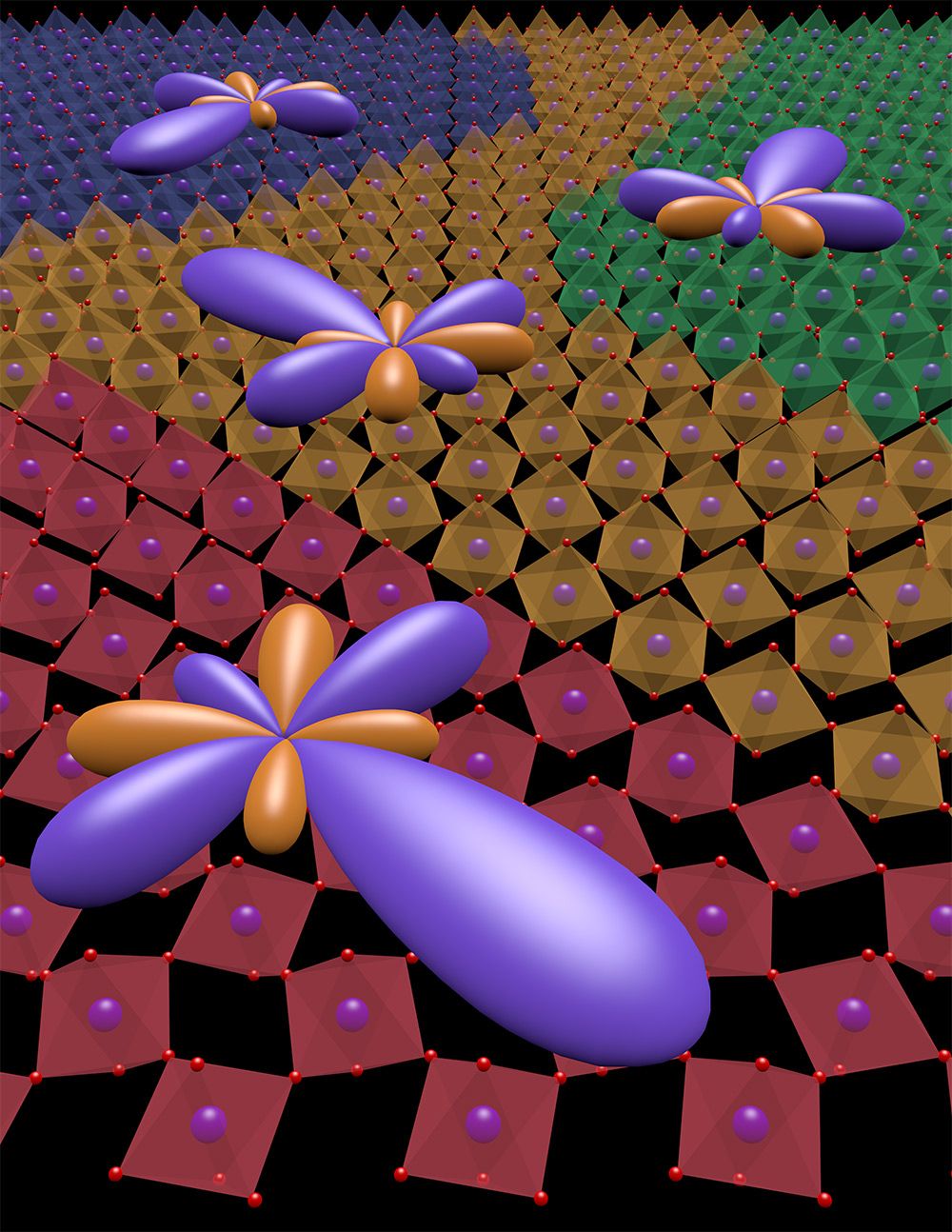
A team of physicists led by Caltech’s David Hsieh has discovered an unusual form of matter—not a conventional metal, insulator, or magnet, for example, but something entirely different. This phase, characterized by an unusual ordering of electrons, offers possibilities for new electronic device functionalities and could hold the solution to a long-standing mystery in condensed matter physics having to do with high-temperature superconductivity—the ability for some materials to conduct electricity without resistance, even at “high” temperatures approaching −100 degrees Celsius.
“The discovery of this phase was completely unexpected and not based on any prior theoretical prediction,” says Hsieh, an assistant professor of physics, who previously was on a team that discovered another form of matter called a topological insulator. “The whole field of electronic materials is driven by the discovery of new phases, which provide the playgrounds in which to search for new macroscopic physical properties.”
Hsieh and his colleagues describe their findings in the November issue of Nature Physics, and the paper is now available online. Liuyan Zhao, a postdoctoral scholar in Hsieh’s group, is lead author on the paper.
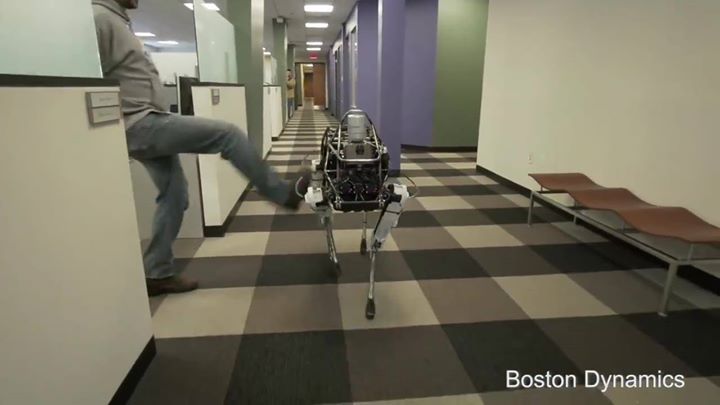
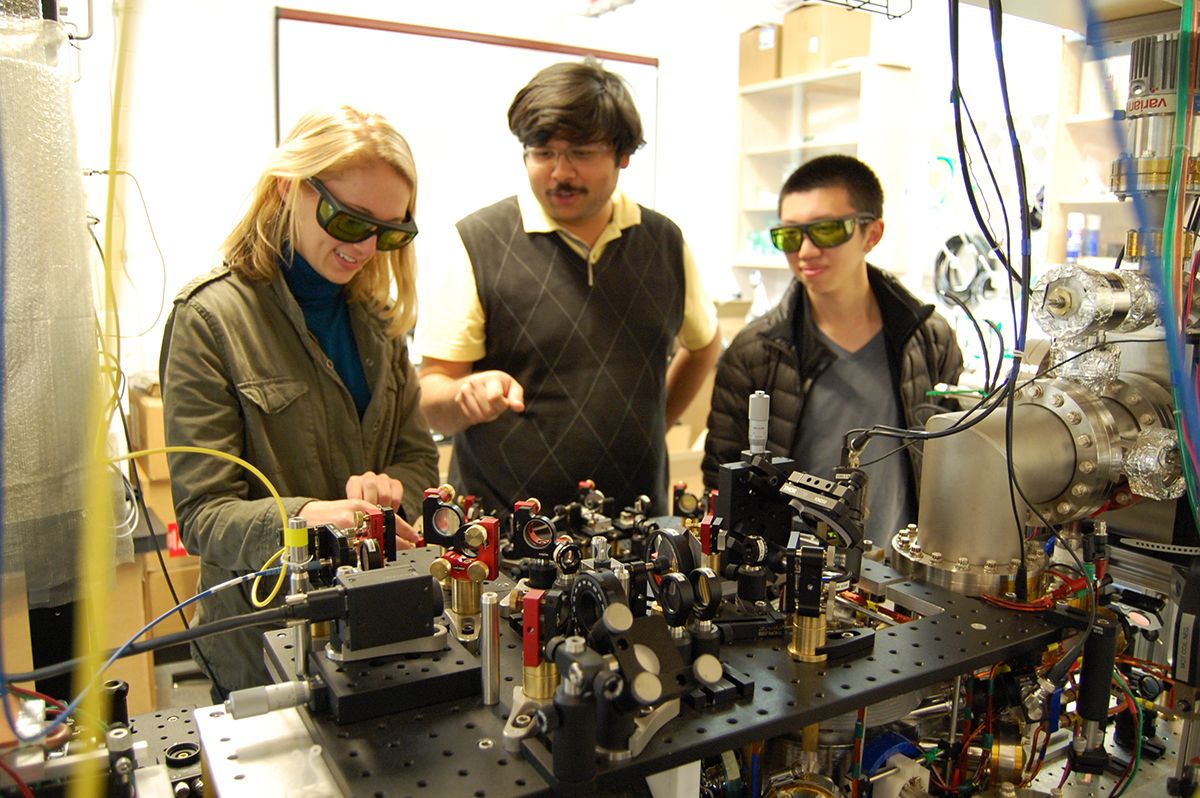
One of the oddest predictions of quantum theory – that a system can’t change while you’re watching it – has been confirmed in an experiment by Cornell physicists. Their work opens the door to a fundamentally new method to control and manipulate the quantum states of atoms and could lead to new kinds of sensors.
The experiments were performed in the Utracold Lab of Mukund Vengalattore, assistant professor of physics, who has established Cornell’s first program to study the physics of materials cooled to temperatures as low as .000000001 degree above absolute zero. The work is described in the Oct. 2 issue of the journal Physical Review Letters
Graduate students Yogesh Patil and Srivatsan K. Chakram created and cooled a gas of about a billion Rubidium atoms inside a vacuum chamber and suspended the mass between laser beams. In that state the atoms arrange in an orderly lattice just as they would in a crystalline solid.,But at such low temperatures, the atoms can “tunnel” from place to place in the lattice. The famous Heisenberg uncertainty principle says that the position and velocity of a particle interact. Temperature is a measure of a particle’s motion. Under extreme cold velocity is almost zero, so there is a lot of flexibility in position; when you observe them, atoms are as likely to be in one place in the lattice as another.
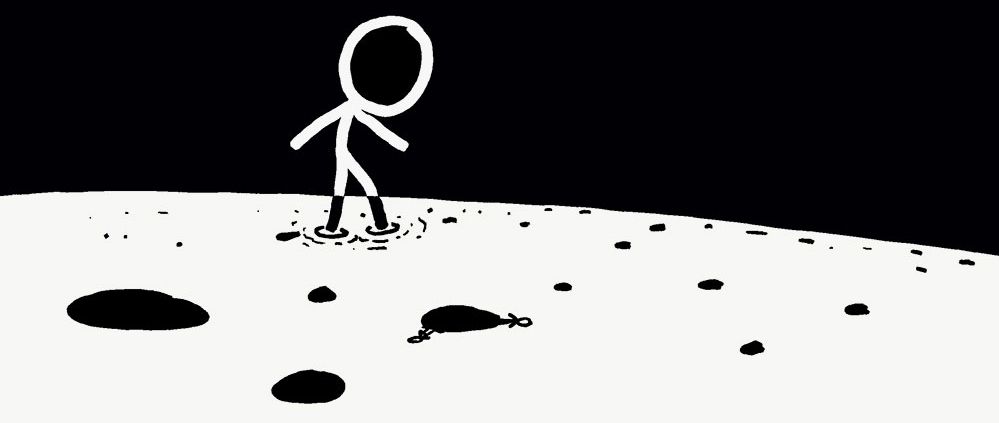
Randall Munroe is the author of What If: Serious Scientific Answers to Absurd Hypothetical Questions, published in September.

It’s likely a rocket casing, but astronomers aren’t for sure from where. All they know is that in three weeks, it will burn up over the Indian Ocean.

It is hard, sometimes, to understand why anyone would waste time on a problem as academic as black hole information loss. And I say that as someone who spent a significant part of the last decade pushing this very problem around in my head. Don’t physicists have anything better to do, in a world that is suffering from war and disease, bad grammar even? What drives these researchers, other than the hope to make headlines for solving a 40 years old conundrum?
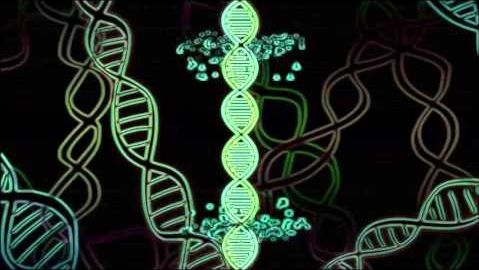
https://www.youtube.com/watch?v=O9dj1s3N4cE
Adam Alonzi has made another excellent film about the power of gene therapy.
Narrated and produced by Adam Alonzi. Music arranged by Leslee Frost. Sponsored by BioViva Sciences Inc.
Alzheimer’s Disease.
Alzheimer’s disease is a progressive, neurodegenerative disorder. It is the leading cause of dementia. Typically the condition affects short-term memory, but as it advances it can result in disorientation, mood disorders, language difficulties and behavioral issues. Over time, body functions are lost, leading to death.
Current treatment options are extremely limited and the outlook is poor for sufferers with the average life expectancy being 3–9 years from diagnosis. According to RAND Corp, the average annual cost of care for someone with Alzheimer’s disease is $41,689 to $56,290.
BioViva’s Therapy — Telomerase AAV gene therapy.
We are exploring therapies with the gene that creates telomerase to rejuvenate the microglia cells that support the Neurons with the aim of combating Alzheimer’s disease and restoring healthy function to the brain once more. There is mounting evidence to indicate this gene plays an active role in protection from Tau Pathology and various experiments have encouraged us to pursue this therapy with the goal of eliminating the suffering this disease brings.
Dr Michael Fossel wrote this excellent article about the potential of this therapeutic approach which appears in H+ Magazine here. The work of his company Telocyte and Bioviva also feature in this piece and clearly explains the potential of this therapy and the reasoning behind it.
We are currently being sponsored by the Maximum Life foundation to develop this therapy but we need your support to make it a reality. To learn more please visit the Alzheimer’s project page at Maximum Life Foundation here or you can support this work on the donate button directly below, all support is greatly appreciated to help us beat Alzheimer’s.

Equal parts interesting and disturbing.
Mass extinctions occurring over the past 260 million years were likely caused by comet and asteroid showers, a new study concludes. An artist’s illustration of a major asteroid impact on Earth. (credit: NASA/Don Davis)
Mass extinctions occurring over the past 260 million years were likely caused by comet and asteroid showers, scientists conclude in a new study published in an open-access paper in Monthly Notices of the Royal Astronomical Society.
For more than 30 years, scientists have argued about a controversial hypothesis relating to periodic mass extinctions and impact craters — caused by comet and asteroid showers — on Earth.

Coronary artery structure being 3-D bioprinted (credit: Carnegie Mellon University College of Engineering)
Carnegie Mellon scientists are creating cutting-edge technology that could one day solve the shortage of heart transplants, which are currently needed to repair damaged organs.
“We’ve been able to take MRI images of coronary arteries and 3-D images of embryonic hearts and 3-D bioprint them with unprecedented resolution and quality out of very soft materials like collagens, alginates and fibrins,” said Adam Feinberg, an associate professor of Materials Science and Engineering and Biomedical Engineering at Carnegie Mellon University.